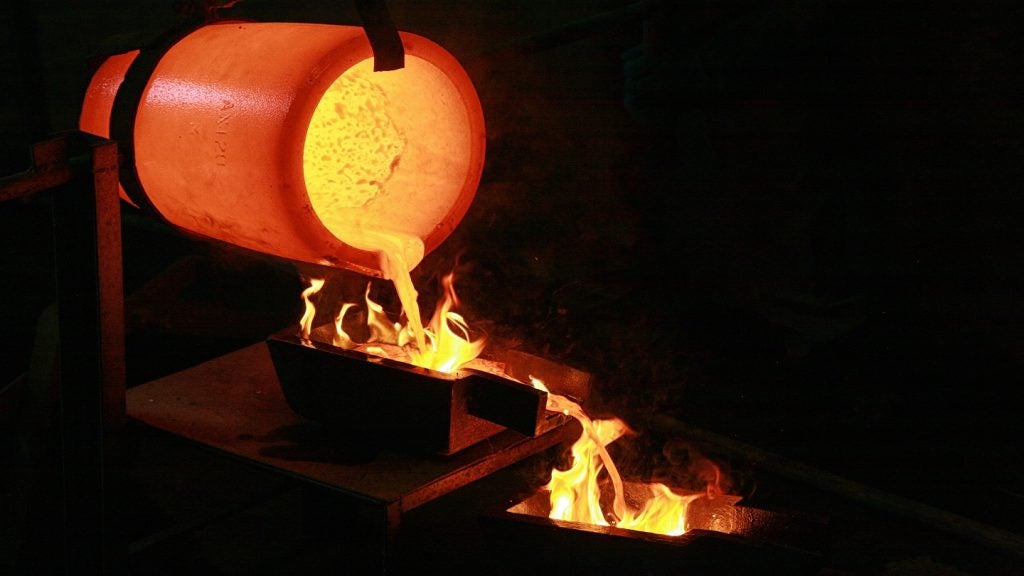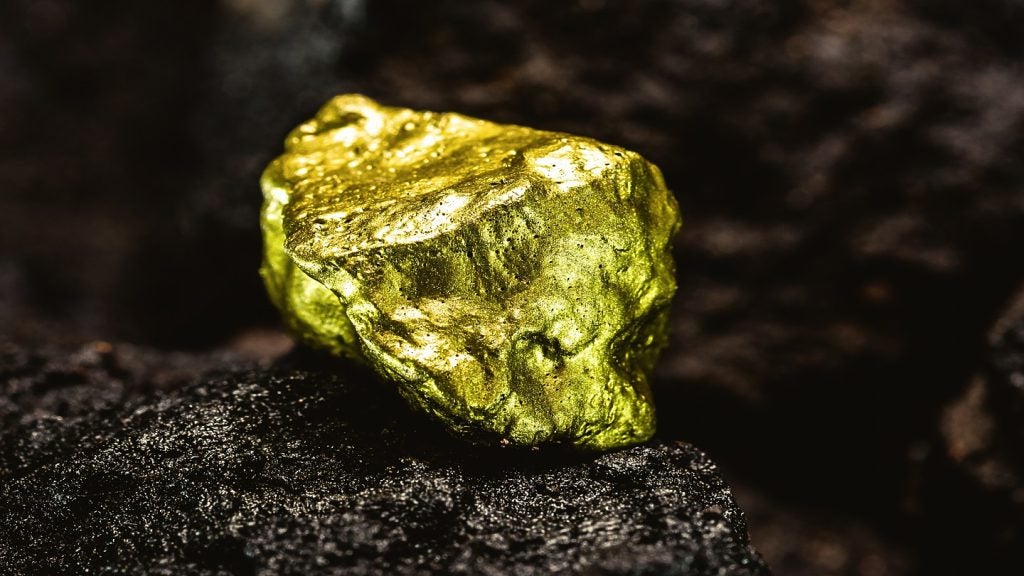The Kisladag gold mine is located in the Usak province of Turkey. It is 100% owned and operated by Tuprag Metal Madencilik Sanayi ve Ticaret, a subsidiary of the Eldorado Gold Corporation. Spread over an area of 157km², the open pit gold mine has an estimated mine life of 22 years.
The mine has been developed in three phases. The first phase commenced operations in July 2006 and required an investment of $83.4m. The second phase of development was completed in 2007.
The third phase of expansion to increase the crushed ore processing capacity of the mining operation by 25% to 12.5 million tonnes per annum (Mtpa) was completed in 2011. In 2014, Eldorado Gold announced the fourth phase expansion plan to increase the processing capacity at Kisladag to 20Mtpa by 2016.
Geology and reserves at Kisladag
The Kisladag mine is part of many tertiary volcanic complexes located in western Turkey. The volcanic complexes were formed at the base of schist along the northeast part of the Menderes Massif metamorphic rocks.
As of December 2013, the mine was estimated to contain proven and probable reserves of 9.5 million ounces (Moz) of gold grading at 0.69g/t, while measured and indicated reserves were estimated at 11.0Moz of gold grading at 0.63g/t, and inferred resources were 4.3Moz grading at 0.43g/t.
Mineralisation of the surrounding area
Gold mineralisation occurs in intensely altered coarse Porphyry-style rocks hosted by a number of latitic intrusive bodies.
The majority of the gold is found in sub-volcanic intrusives of quartz-syenite to quartz-monzonite composition and is accompanied by traces of zinc, copper and lead.
Higher grade gold mineralisation occurs in 800m wide elliptical shaped porphyritic intrusions.
Mining and processing at the Usak province gold mine
Drilling and blast mining methods are used to recover ore from the open pit mine. Hitachi hydraulic shovels excavate the ore and load them onto Caterpillar dump trucks and front-end loaders. About ten haul trucks operate at the mine.
The heap leaching method is used to process the run-of-mine ore. The mined ore is passed through a three stage crushing system consisting of a gyratory crusher and four cone crushers supplied by Metso Minerals. The crushers reduce the ore to 80% and to a size of 6.3mm for leaching.
Crushed ore is then transferred to the heap leach pad through conveyors in 10m lifts. Several portable conveyors and a radial stacker transfer the ore onto the pad. The heap leach pad consists of two liner systems – a layer of low permeability clay soil and a 2mm thick synthetic liner.
Leached ore is sent to the carbon adsorption plant (ADR) to recover gold. The ADR plant features two trains of carbon columns containing five columns each.
Gold from the leach pad is treated with activated carbon and periodically removed for treatment. The Zadra process consisting of pressure stripping, electrowinning and smelting is used to recover gold from the carbon. The final product is a gold bar which can be processed to 99.999% purity.
Expansion of the Kisladag gold mine
Eldorado initiated a feasibility study to examine the expansion of the mine. Results of the study were announced in August 2011.
Eldorado plans to invest $345m to launch phase four expansion of the mine based on the feasibility study. The company expects to recover about 6.2Moz of gold between 2012 and 2026 during this phase.
The crushing and screening plant will be expanded by installing a parallel circuit to process the increased production. A new conveyor and stacking system will also be added to carry the mined ore to the leach pad. A second ADR facility is expected to be added. Additional trucks and loading equipment will also be procured.A supplementary Environmental Impact Assessment (EIA) for expanding the project’s throughput from 12.5Mtpa up to a maximum of 35Mtpa was approved by the Turkish authorities in June 2014.
Engineering work on an additional 7.5Mtpa crushing/screening circuit and its integration with the new gyratory crusher station started in the third quarter of 2014.
Kisladag gold production
Kisladag produced 306,182oz of gold from 13.2 million tonnes of ore in 2013, at a cash cost of $338 an ounce. Gold production from the mine during the nine months ending in September 2014 stood at 222,085oz, at a cash cost of $454/oz.












